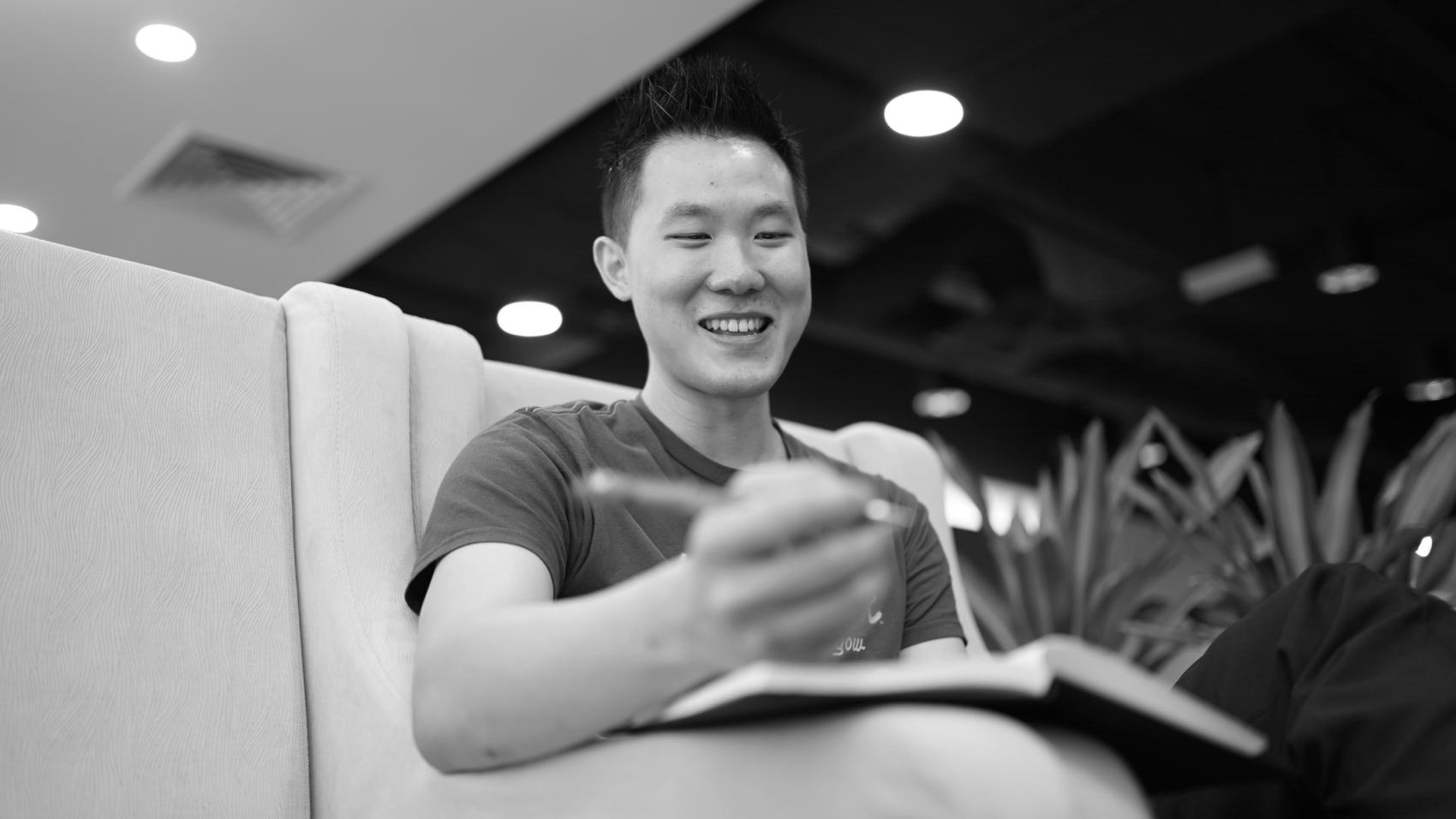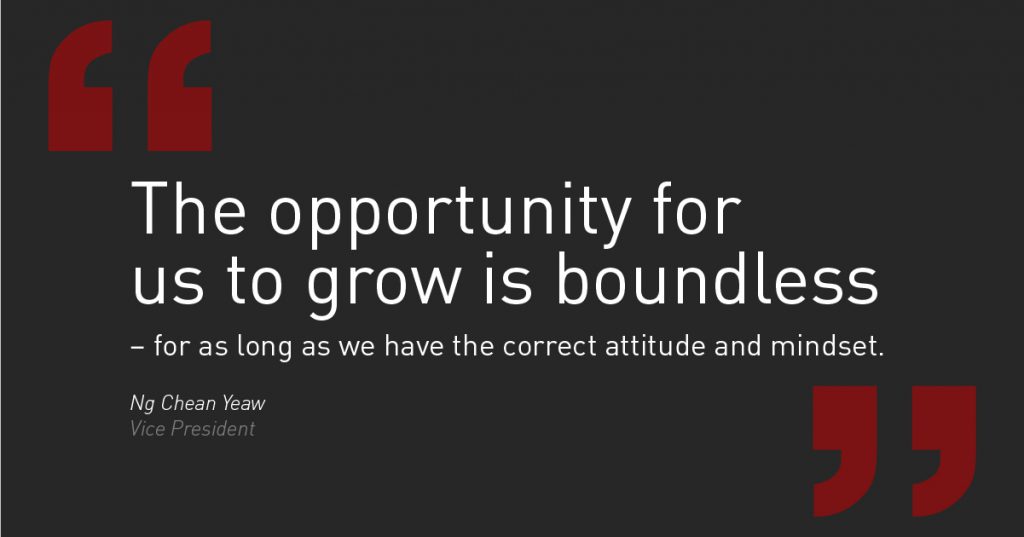By Endry Lim Zhen Wen, Associate Vice President of PEMANDU Associates
The recent 2020 Budget was meant to elevate the country’s financial well-being and reduce the fiscal deficit – starting with a reform of the current fuel subsidy system. In the announcement, a new fuel subsidy would be introduced to target the B40 group. As part of the government’s drive on delivering shared prosperity, the Petrol Subsidy Programme (PSP) was intended to be implemented together with a gradual float of RON95 petrol and diesel prices.
In many developing countries, subsidies and price controls have been a key feature of the policy toolkit as a way to foster socio-economic growth. However, as economies become more developed, the costs of maintaining such policies increasingly outweigh the benefits. As a result, we’re seeing more countries choosing to scale back on subsidies in favour of more liberalised policies after reaching a certain level of growth.
Malaysia has maintained a blanket subsidy on fuel for the better part of the last decade to foster economic development. However, the end goal is to eventually move to a market-price system to encourage fiscal and environmental sustainability – and the first step to doing so is to scale back on subsidies. The intent of the PSP was to enable healthier fiscal responsibility but still protect those who needed the help the most.
The lead up to the PSP
At its core, subsidies are benefits given to individuals, businesses or institutions by the government. They’re used to offset market failures and externalities in order to achieve greater economic efficiency. There are two types of subsidies:
- Direct (or targeted) subsidies involve an actual payment of funds towards a particular individual, group or industry. The PSP is a good example of this.
- Indirect subsidies are those that do not hold a predetermined monetary value or involve actual cash outlays – these include mechanisms like price reductions for certain goods and services that allow these items to be purchased below the current market rate. The current blanket petrol subsidy is an example of this.
In the past, Malaysia used a managed float system implemented in 2014. Under this, pump prices for fuel and diesel were set by the government based on an automatic pricing mechanism formula. However, Malaysia has been grappling with a long-running budget shortfall that stretches all the way back to the 1997 Asian Financial Crisis – to illustrate, Malaysia’s fiscal deficit had reached RM35 billion in the first trimester of 2018.
With concerns over Malaysia’s national debt rising, the government has made reducing national debt and improving its fiscal rating a priority. This priority is reflected in the 2020 Budget. Described as a ‘fiscally disciplined’ budget, Budget 2020 aimed to trim Malaysia’s budget deficit to 3.2% of GDP this year. To do so, the budget proposed plans for fuel subsidy reform by announcing the PSP and eventually removing the cap on RON 95 petrol prices (with the exception of Sabah, Sarawak and Labuan where the price would remain fixed at RM2.08 per litre). It was calculated that a total of 2.9 million people can expect to benefit from the PSP should it be implemented.
Subsidies. Boon or bane?
It has been argued that subsidies and price controls carry negative effects on the economy – it introduces distortions in the allocation of resources and can have long-term repercussions on economic efficiency. It also adds to a country’s fiscal deficit.
However, subsidies do play an important part in supporting initial growth. When a substantial part of a country’s population is living under the poverty line, subsidies help to ensure that daily necessities remain affordable and that vulnerable communities remain protected from price fluctuations. In addition, in countries where most businesses are still in an infancy stage, subsidies can act as a support for fledging businesses, enabling them to compete on a more level playing field and grow into established brands. Due to the cost and complexity of setting up an effective targeted subsidy, it stands to reason that countries in the earliest stage of development would prefer a more widespread intervention like a blanket subsidy. However, as the country develops, subsidies become less vital to the development of the economy.
Before 2014, Malaysia was using a blanket fuel subsidy, capping the pump prices of diesel, RON92 and RON97 petrol. At the time, Malaysia’s development was still uneven, and the government decided to ensure all communities were protected equally and encourage the growth of the transportation and industrial sectors by keeping fuel prices predictable.
Bank Negara Malaysia did a study on the fuel price control mechanism in Malaysia and found that the existing subsidy had incurred large fiscal cost and was disproportionately subsidising the rich much more than the poor.[1] The study, which was based on the Household Expenditure Survey 2009/2010, showed that the top 20% of households received a significant 42% of the subsidy. In contrast, the poorest 20% received only 4% of the fuel subsidy.
![]()
A blanket subsidy therefore allows every segment of society, regardless of their financial background, to be entitled to the same savings. In a way, the largest beneficiaries of blanket subsidies are upper-income households who tend to be the largest consumers of petrol. The subsidy has also led to reports of fuel smuggling[2] as the bigger the price difference between global market price and Malaysia’s pump prices, the more attractive Malaysia’s fuel is to smugglers.
Benefits of a targeted subsidy
With less than 1% of Malaysian households below the poverty threshold, the government’s focus has shifted towards addressing the well-being of the B40. The B40, unlike middle and high-income households, are still vulnerable to economic shocks and increases in the cost of living. Hence, we’re seeing a trend towards more targeted measures to support the B40 mainly in the form of cash transfers to low-income households for daily necessities.
Targeted subsidies are a good way to encourage more fiscal responsibility while still protecting those who need the most support. There are examples of countries who have managed to smooth the transition from a blanket subsidy by employing targeted subsidies as compensation. For example, the Philippines successfully reformed its fossil fuel subsidies by using targeted cash transfers to help build a national safety net alongside lifeline tariffs to protect their low-income communities during the reform process.[3]
![]()
A targeted subsidy can help:
1. Rebalance government spending
Attempting to keep the prices of resources low amidst rising global market prices and overconsumption creates a heavy burden on government expenses. This can negatively impact a country’s fiscal position. To put this into perspective, every RM1 billion spent on subsidies could have built 5 hospitals, 20 schools or 50km of roads.[4]
One country who has demonstrated what can be achieved by redirecting resources spent on subsidies towards investing in useful development projects is Indonesia, who underwent a reform in 2015. The International Institute of Sustainable Development (IISD) looked at which parts of the budget was increased as a result of cutting back on fuel subsidies. The study found that the budgets for some ministries were increased – agriculture received a 106% increase, public works and housing 40% and finance 37% – to be used for certain priority programmes targeted for national development such as a programme to provide housing for 60,000 poor households or access to clean water for 10.3 million households.[5]
In Malaysia, the cost of maintaining subsidies on petrol and diesel alone cost up to RM4.89 billion for the first 11 months of 2018[6] – making up a large chunk of the budgeted operating expenditure that year. In contrast, the PSP is estimated to cost the government about RM65.4 million a month – a significant decrease from the RM133 million a week it currently spends in fuel subsidies.[7]
2. Boost competitiveness in the long-term
From a structural perspective, subsidies and price control mechanisms can hinder efforts to improve productivity and efficiency, thus holding back long-term economic development.
The IMF has found that subsidy reforms boost competitiveness over the long term by stimulating private investment, encouraging productive spending and promoting efficient use of scarce resources. In a fully deregulated fuel retail market (the end goal of subsidy reforms), petrol stations would be allowed to set their own prices; this will encourage healthy competition between vendors as they each try to attract consumers by setting the lowest prices or offering the best deals.
In the Philippines, deregulation of the downstream oil industry in the 1900s succeeded in attracting new players to the industry. While major oil companies like Petron, Shell and Caltex still controlled a significant share of the market, new players and small independents have increased their share in the market by offering lower prices or better services.
3. Encourage more environmentally friendly choices
Because fuel is cheap, people and businesses start to use more fuel-based machinery and vehicles and end up becoming heavily reliant on fossil fuel. However, the world is currently under pressure to reduce greenhouse gas emission and move towards more environmentally friendly practices. A number of countries have started to tax fossil fuel as a measure to reduce consumption; however, Malaysia is amongst the few who still subsidises fossil fuel.
A targeted subsidy would encourage more people to take alternative means of transport – for example, take advantage of the integrated public transport system or carpool to get to work. It would also help to direct investment towards more environmentally friendly projects such as towards developing renewable energy or upgrading the existing public transport system. In Indonesia, the consumption of petrol and diesel in the first half of 2015 following subsidy reforms fell by 9% and 6% respectively, and vehicle trips on toll roads were reduced by 10%.[8]
The road ahead
![]() In the words of Milton Friedman, ‘there is nothing so permanent as a temporary government programme.’ Reforming a fuel subsidy is no easy task. There will be roadblocks along the way that will require slight adjustments and judicious recursive problem-solving. Having a clear implementation plan in the form of a roadmap will help to keep everyone focused on the overall end goal. The key is to be clear, transparent and responsive to the people’s needs – this will build trust that the government has the public’s best interests at heart.
In the words of Milton Friedman, ‘there is nothing so permanent as a temporary government programme.’ Reforming a fuel subsidy is no easy task. There will be roadblocks along the way that will require slight adjustments and judicious recursive problem-solving. Having a clear implementation plan in the form of a roadmap will help to keep everyone focused on the overall end goal. The key is to be clear, transparent and responsive to the people’s needs – this will build trust that the government has the public’s best interests at heart.
We hope that this isn’t the last we see of the PSP. There will be a period of adjustment or growing pains as Malaysians get used to expecting changing petrol prices but ultimately, the reform will lead to a healthier, competitive and more fiscally responsible Malaysia.
[3] IISD, “Lessons Learned: Fossil Fuel Subsidies and Energy Sector Reform in the Philippines” (2014)
[5] One of the challenges of tracking subsidy allocation is that most governments, including Indonesia, do not explicitly link savings in one area with additional spending elsewhere. However, in Indonesia’s case, the country’s large subsidy savings made it possible to reasonably assume that any substantial increases in the budget were made possibly because of the reform.
[6] New Straits Times (2019)
[7] Paul Tan’s Automotive News (2019)




